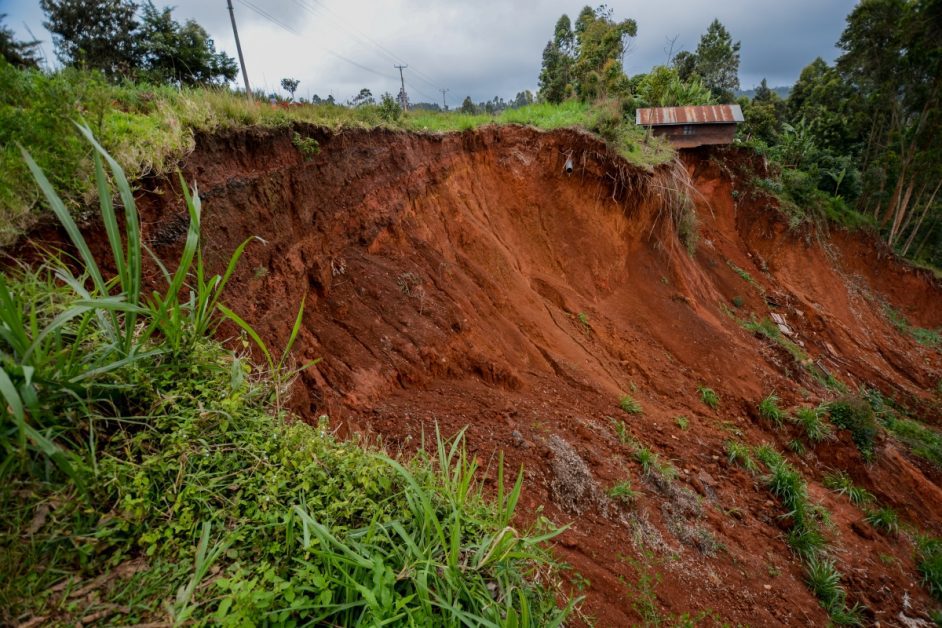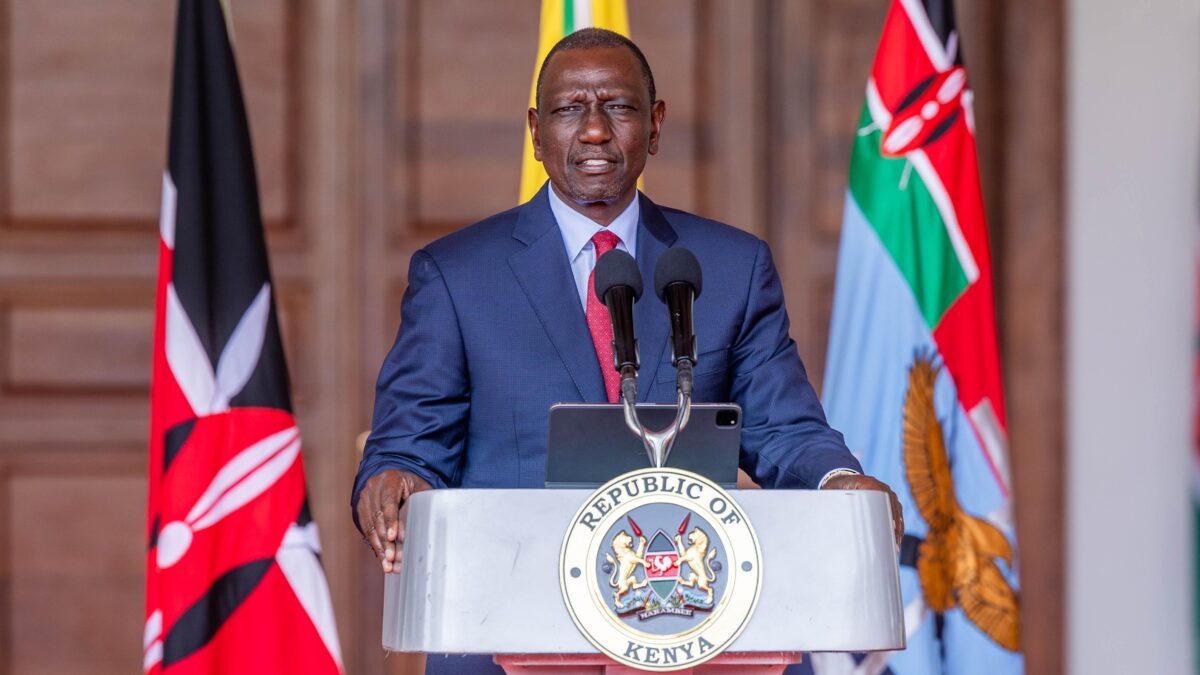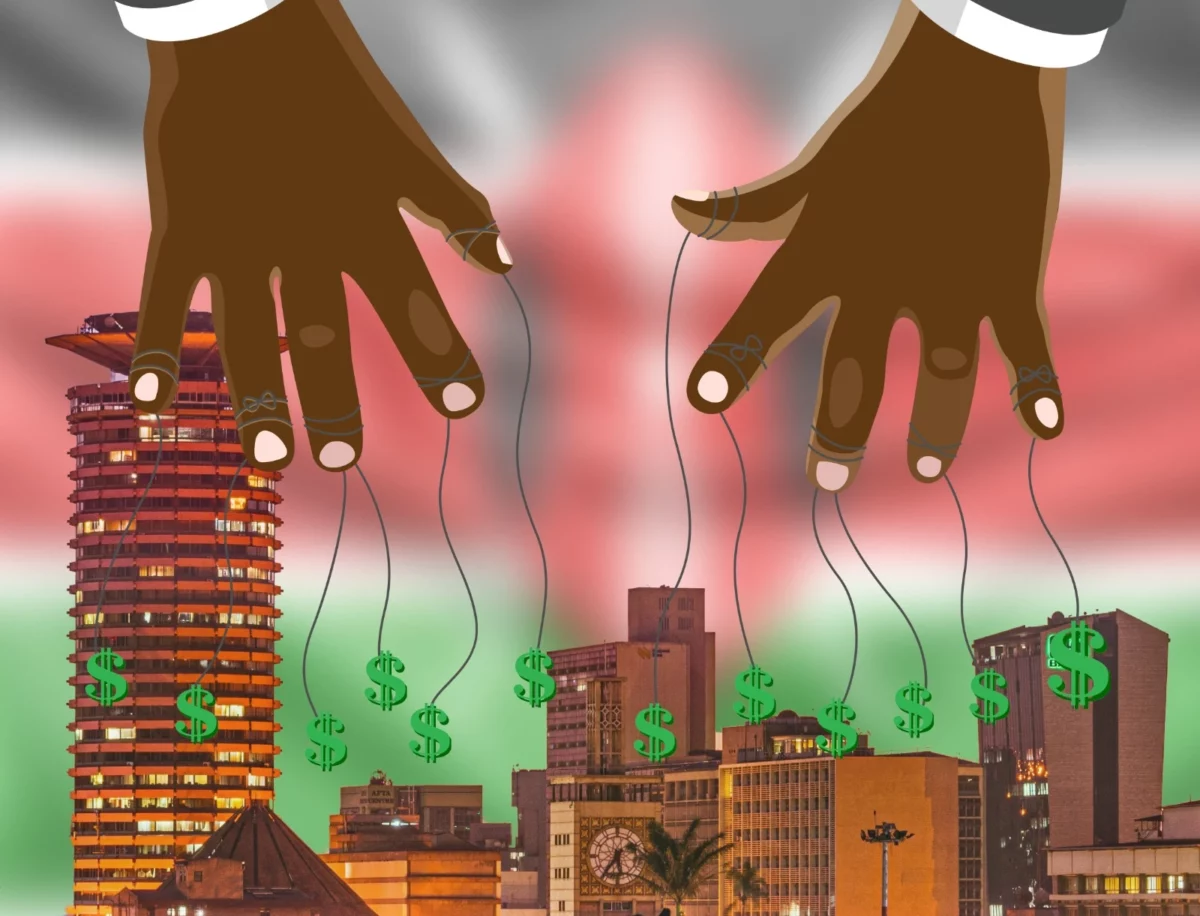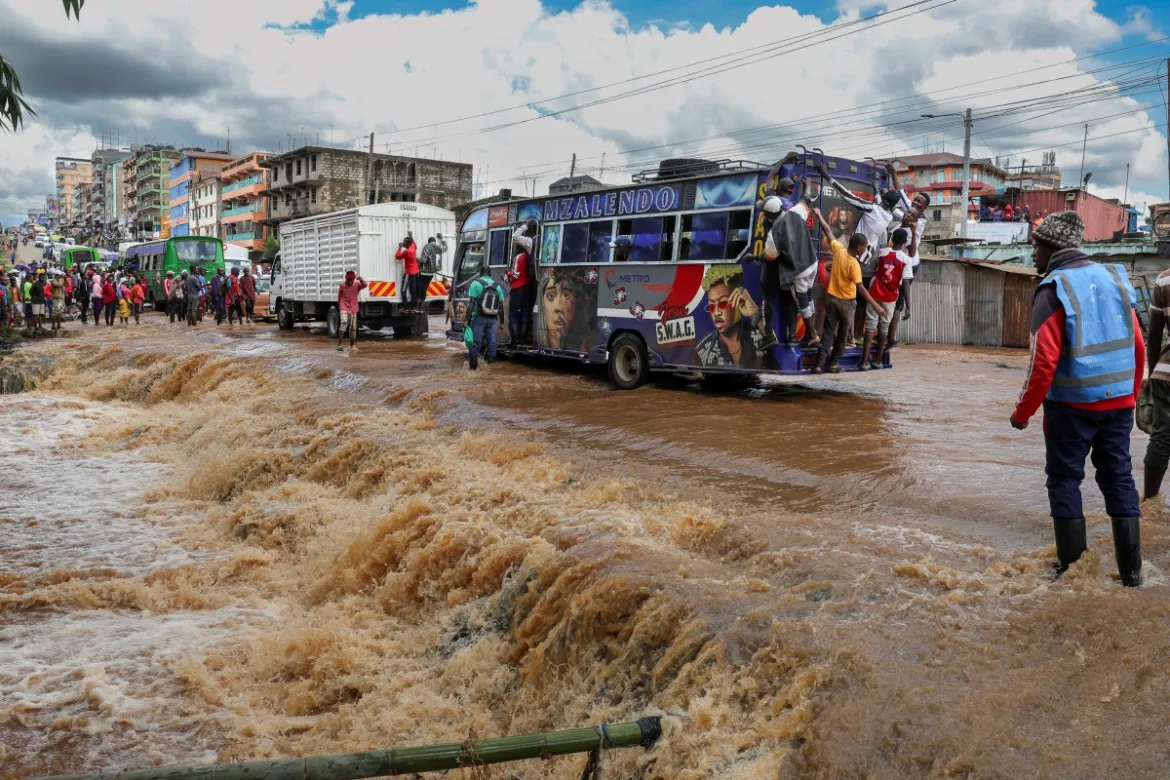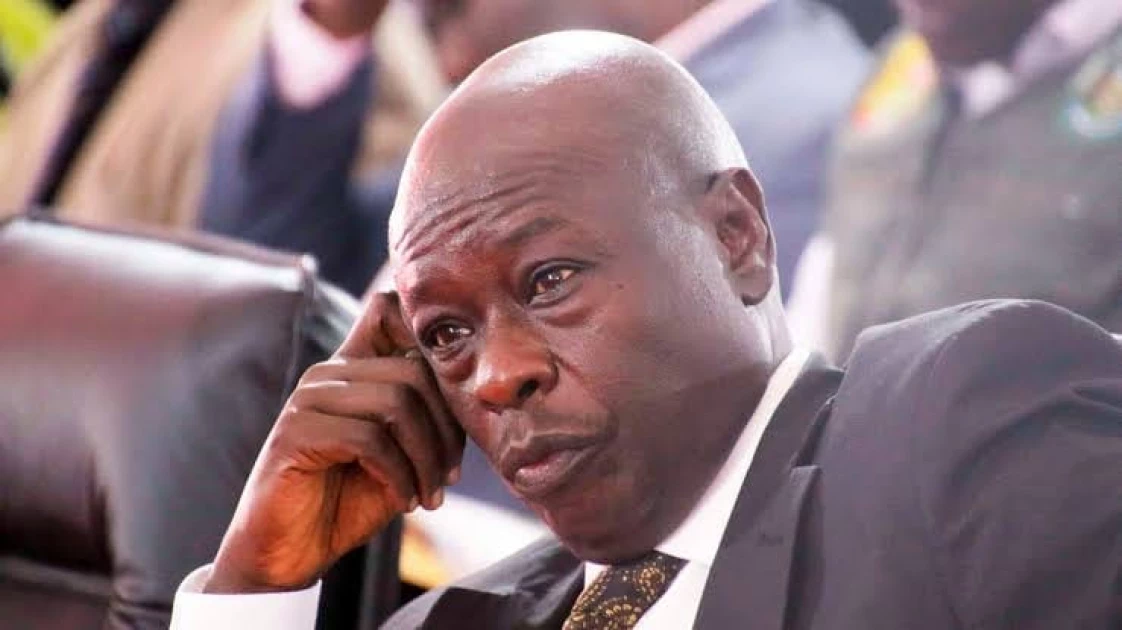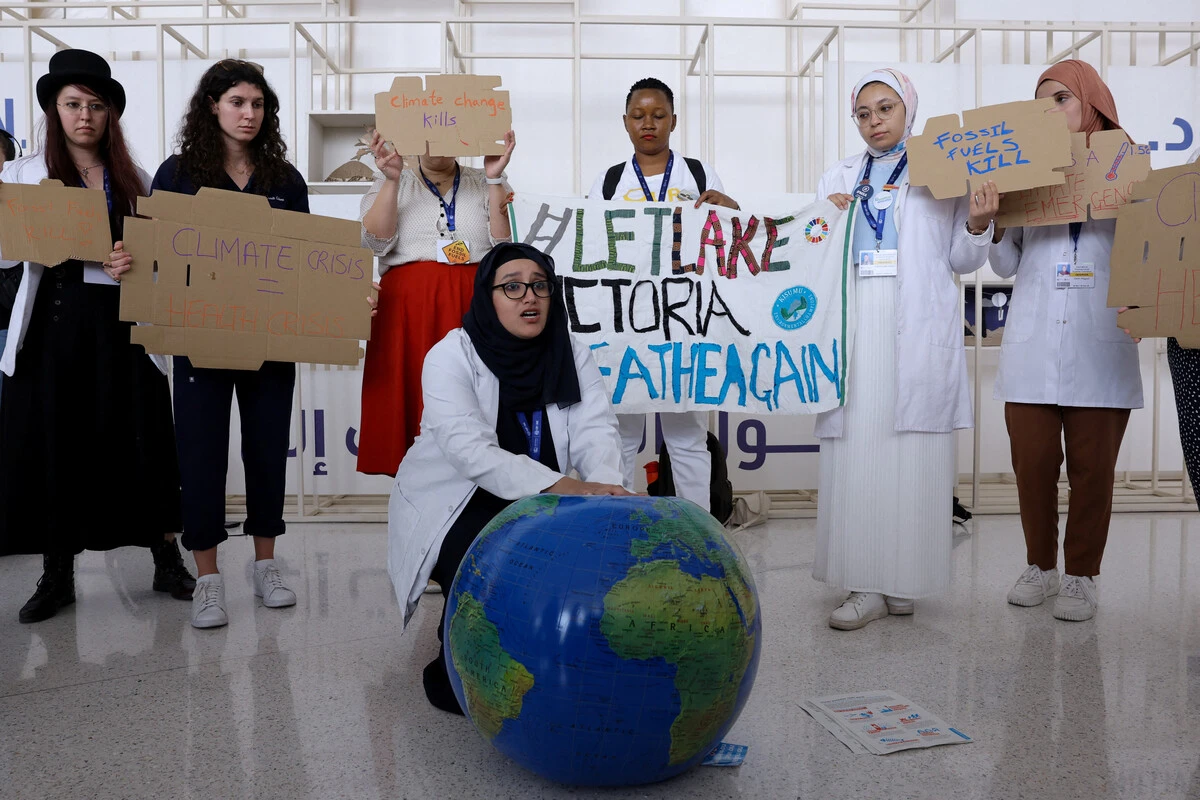Soil holds the largest portion of active carbon on earth, but it has been exploited, and few people discuss it as a valuable resource for carbon sequestration.
Climate change, drought, illegal timber harvesting, aggressive farming techniques, and livestock overgrazing all contribute to an increasing rate of soil erosion, triggering a vicious cycle.

The greatest drought in more than forty years, along with five unsuccessful rainy seasons, is destroying cattle and animals throughout East Africa. Many people are on the verge of starvation.
However, few people are discussing soil as a valuable resource for carbon sequestration and reducing the consequences of climate change.
Soils are composed in part of decomposed plant materials. This implies they contain a lot of carbon from the environment that those plants absorb while living.

Soils, particularly in colder areas where the breakdown is sluggish, can hold or “sequester” this carbon for an extended period. This carbon could return to the environment as carbon dioxide (CO2), the primary greenhouse gas causing climate change if it weren’t for soil.
In an interview with Africa News, Charles Gachene, a Soil Scientist at the University of Nairobi, said the amount of carbon stored in soil is twice that of atmospheric CO2. Three times as much as what is found in plants. The fact that a significant amount of it is stored in this soil organic carbon pool demonstrates its significance.
However, turning natural habitats like woods and grasslands into agriculture alters the soil’s structure, releasing a significant amount of the carbon stored there and accelerating climate change.
Scientist Jerry Melillo of Marine Biological Laboratory points out that about 110 billion metric tonnes of carbon have been released from the top layer of soil during the previous 12,000 years due to the expansion of farming.
Is it possible to stop this tendency from spreading globally as part of a plan to combat climate change?
Many farmers in Kenya farm on small parcels of land. Therefore, we would need many of them to fully alter their farming practices both now and for centuries to benefit from soil-based sequestration as a climate solution.
As a result of the soil being washed away by water, we must safeguard water catchment areas.
The first benefit is that it will lessen soil erosion because tree roots will slow the pace at which water flows through gullies. Additionally, the trees will take in the carbon, limiting its release into the atmosphere.
Planting more trees could also have a more beneficial effect in saving soil from diminishing as a natural resource and combating adverse climate conditions.
Experts disagree on the actual amount of long-term soil-based sequestration that is feasible, but it is a significant societal and economic burden.


